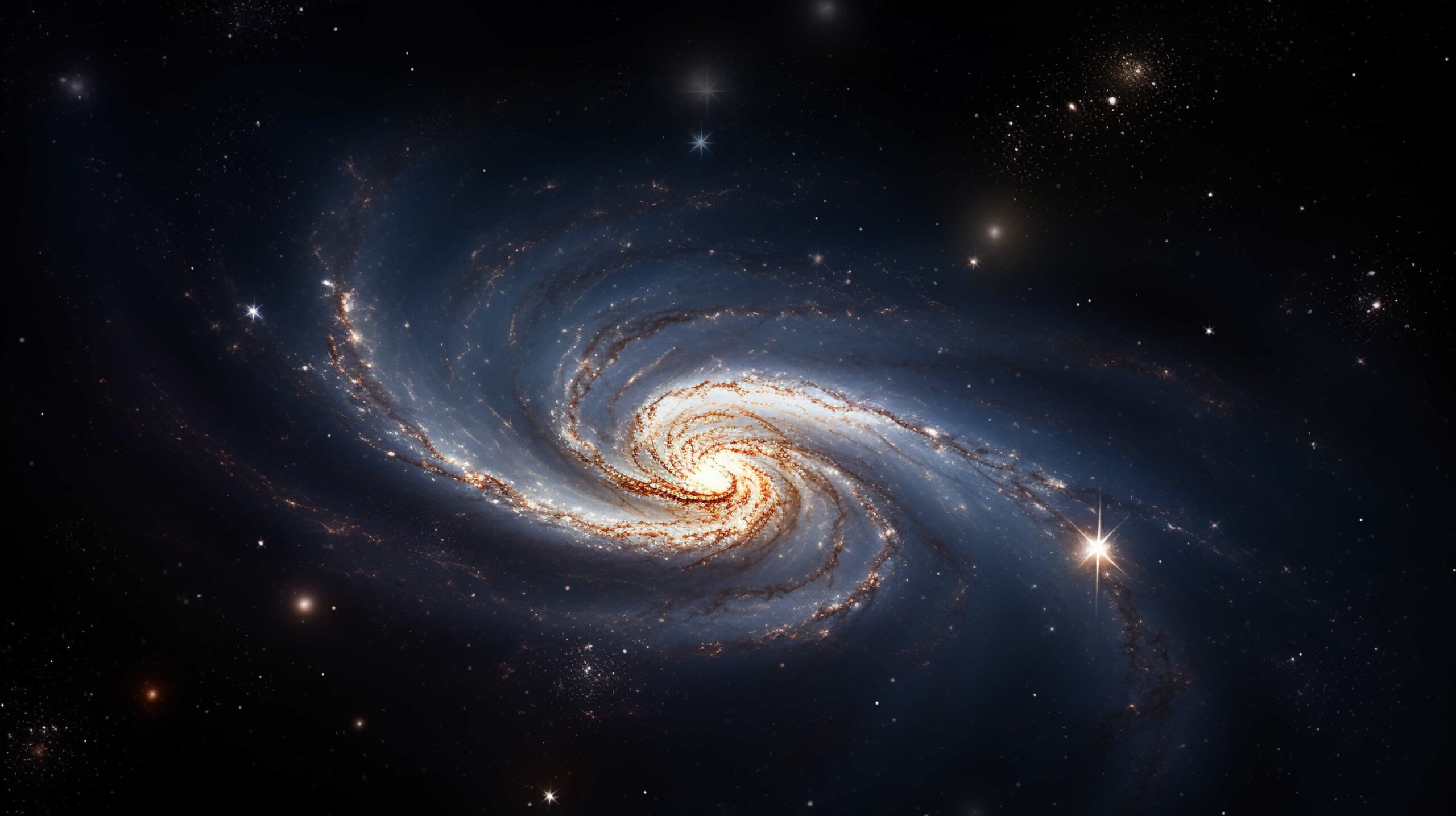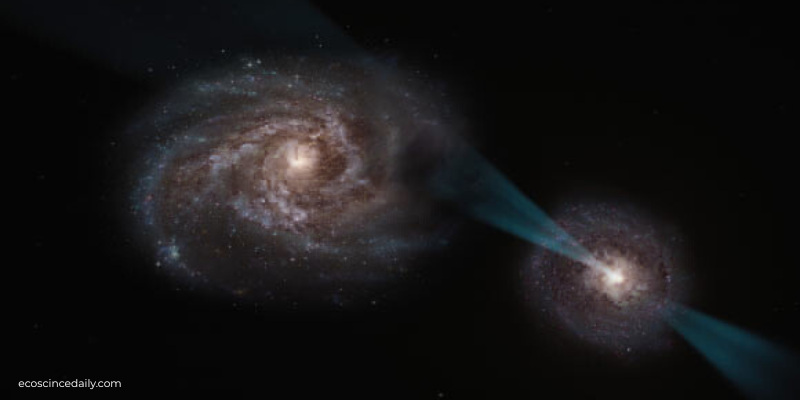In a quiet corner of the universe, a ways beyond what we are able to see with the naked eye, something dramatic happened. A supermassive black hole—those massive monsters on the heart of galaxies—took in greater matter than it can take care of.
And it didn’t just take a seat there. It pushed some of it again out… at a pace so speedy, it almost broke cosmic speed limits.
Scientists observed this rare occasion taking place in a far off galaxy known as PG 1211 143. What they found wasn’t simply odd—it turned into the clearest proof yet that black holes don’t simply pull matters in. Sometimes, when they pass overboard, they combat again.
What precisely befell?
Let’s begin with the fundamentals. A black hollow’s gravity is so sturdy that whatever that gets too near—gasoline, dust, stars—gets pulled in and trapped all the time. Around it, there is frequently a swirling ring of notable-warm fabric referred to as an accretion disk. That’s where count spins at excessive pace earlier than subsequently falling in.
But in this situation, astronomers noticed some thing unique. The black hole wasn’t simply feeding—it changed into gorging. Over a few days, it sucked in a massive amount of fuel, the equal of at least ten Earths. That’s loads, even for some thing as powerful as a black hollow.
Then, just days later, some thing tremendous came about.
It spit some of that fabric back out. Not slowly. Not gently. But violently—at round 27% the rate of mild. That’s over 80,000 kilometers per 2d.

A rare cosmic outburst
Scientists name this type of outflow an Eddington wind. It occurs when a black hollow’s feeding frenzy produces so much strength that it pushes back on the very aspect it’s seeking to consume.
It’s like seeking to pour water right into a bottle that’s already overflowing—subsequently, something’s were given to offer.
What makes this event so unique is that scientists actually saw it happen in real time. Thanks to information from the European Space Agency’s XMM-Newton telescope, they were able to seize each the instant the black hollow started gobbling up rely—and the moment it fired some of it returned out.
That sort of direct statement is extremely rare in astrophysics.
Why it matters
This may sound like a one-off cosmic oddity, but it’s definitely a massive deal. These fast-shifting outflows don’t just make for cool headlines—they can change the destiny of complete galaxies.
When a black hole throws out fuel at these speeds, it can stop nearby stars from forming. It can blow away the raw substances wished for brand new stars and planets. Over time, this form of interest would possibly even decide how large or small a galaxy turns into.
In brief: black holes aren’t simply galactic vacuum cleaners. They’re influencers, actively shaping their surroundings.
What takes place next?
This discovery is establishing up a lot of new questions. How regularly do black holes behave this way? What triggers them to overeat? And what sort of effect does this have on galaxies like our own?
Scientists plan to maintain watching PG 1211 143—and other galaxies adore it—to catch greater of these dramatic moments. The greater we recognize approximately how black holes behave, the closer we get to answering a number of the largest questions on our universe.
